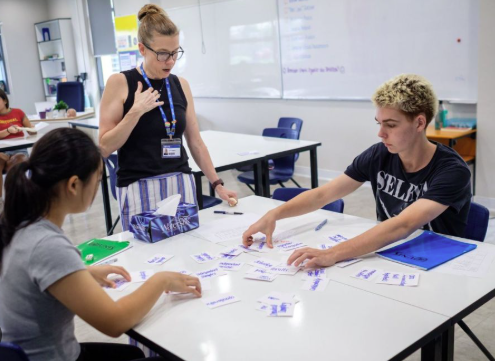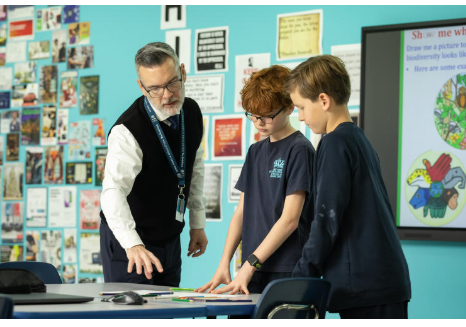Introduction
Personalized learning activities empower students by honoring their interests, learning styles, and goals. These activities are designed to promote engagement, ownership, and deeper understanding by allowing flexibility in how content is explored and mastered. When well-implemented, personalized activities can transform a classroom into a dynamic, student-centered learning environment.
1. Choice Boards
Choice boards give students options for how they complete a task or demonstrate understanding. For example, a board may include tasks such as creating a video, writing a blog post, designing a poster, or leading a discussion. This format encourages autonomy and lets students work in a way that aligns with their strengths.
2. Learning Stations
Learning stations allow students to rotate through different tasks that target varied skills and learning preferences. One station might include a hands-on activity, another a digital quiz, and another a reading reflection. Stations give students exposure to diverse learning experiences while enabling teachers to differentiate instruction.
3. Project-Based Learning (PBL)
Project-based learning allows students to investigate real-world problems or questions that matter to them. Students can choose topics based on their interests and design projects that integrate multiple subject areas. This activity promotes creativity, collaboration, and critical thinking.
4. Goal-Setting Journals
Encouraging students to keep journals where they track their academic goals and reflect on their progress fosters self-awareness and responsibility. These journals can be digital or paper-based and include prompts for weekly check-ins and personal milestones.
5. Tiered Assignments
Tiered assignments involve offering the same basic concept at varying levels of complexity. Students can select or be guided to the version that best fits their readiness level. This ensures that all learners are appropriately challenged and supported.
6. Digital Playlists
Digital playlists are curated sets of learning resources—videos, readings, activities—that students can work through at their own pace. These playlists can be customized based on diagnostic assessments or individual interests and allow for flexible, self-directed learning.
7. Peer Teaching Opportunities
Students can deepen their understanding by teaching concepts to others. Peer tutoring, group presentations, and collaborative work allow students to express what they’ve learned in their own voice while helping classmates grasp the material.
Conclusion
Personalized learning activities create space for student choice, voice, and growth. By offering multiple pathways to success, these strategies help students engage more deeply with their learning and build skills for lifelong achievement. With thoughtful planning and flexible implementation, these activities can become powerful tools in any personalized learning classroom.














